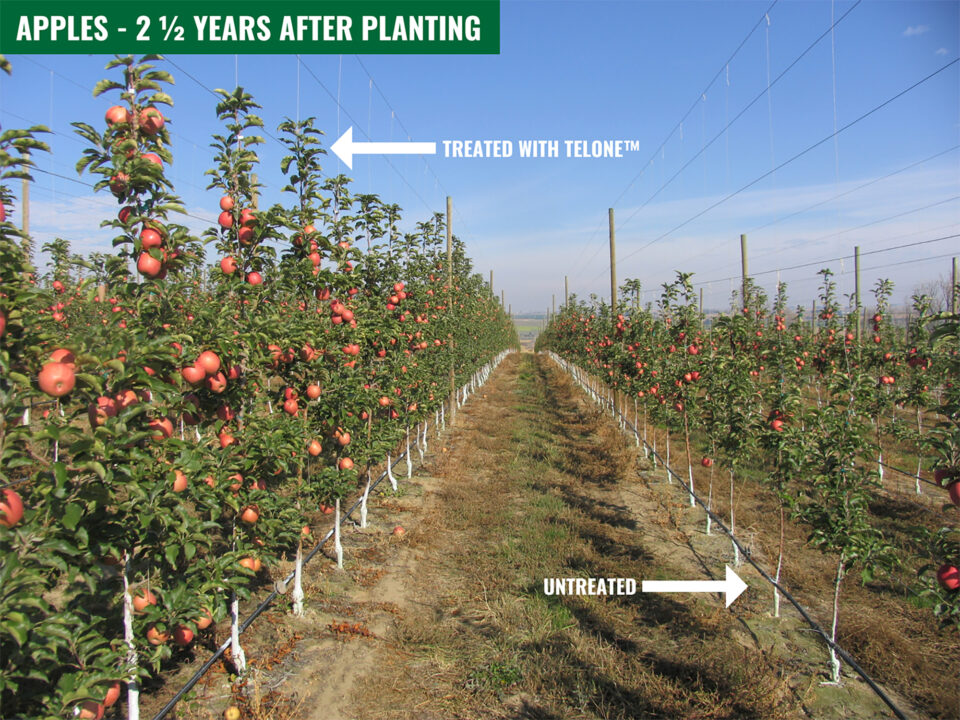Take Your Farm Online
Do you feel like your farm market needs more publicity, but you lack the funds necessary to hire an outside marketing organization? Believe it or not, a well-built website you construct yourself could be one of the best marketing tools you could employ.
Jane Eckert, who heads the successful Eckert AgriMarketing firm, spoke at the 2008 Great Lakes Fruit, Vegetable & Farm Market Expo about the tremendous benefits that are available to fruit and vegetable growers via a business website and eNewsletter.
The results of a survey Eckert AgriMarketing recently conducted revealed that 76% of Americans use the Internet. Eighty-five percent of that 76% go online every day. Furthermore, 80% of the respondents who said they use the Internet also said the web was an indispensable part of their business. “We can no longer ignore the importance of the Internet,” Eckert said.
Eckert stressed that a company website needs to be kept relevant and current throughout the year. It should be updated at least once a month. One of the many reasons to keep your website updated is that by doing so, you can actually raise your search results ranking on Google.
If You Build It …
The presence of a website alone is no guarantee that “they will come.” A business website will not be effective unless it is well-thought-out and contains certain critical features. Posting photographs of both your farm and your crops is key, because these visual elements enhance the consumer’s experience and help to clarify the idea of a farm market. Photographs make the experience of visiting your farm come alive for customers, which compels them to check it out in person.
It is crucial for your website to have an excellent homepage, that page which is the gateway to the rest of the site. This is because 70% of web users never visit more than two pages of a website. The homepage of a company website should always contain key business information like hours of operation and contact information.
A company website should be easy to navigate. What are the most important aspects of your business? Do you run a U-Pick that is popular with customers? Are there particular varieties that seem to generate interest among your customers? You can lead consumers to these elements of your farm market via the navigation feature, which acts as the table of contents for websites.
The navigation feature should always be placed in a highly visible area of each page, at the top or off to the side, so that it can be located quickly and easily by those who visit your site. Drop-down menus are becoming increasingly popular, but you do not have to get that advanced if you prefer to keep the navigation feature simple.
Online reservations allow both you and your customers to remain organized, and a reservation can act as a “contract” of sorts that will compel your customers to keep the appointment despite whatever else may come up in the meantime.
Eighteen percent of the farms that use Eckert AgriMarketing feature videos of their operation on their website. In fact, all types of animation can be beneficial for a company website. Eckert stressed that any elements containing music should include an on/off option in case web users are using a quiet space like the office to visit the site.
Blogs, which can act as a journal of sorts for growers to share their thoughts and promote their business, are becoming a public relations tool for companies in every industry. Blogs are easy to set up and to maintain.
A company website allows you to promote your farm market across the U.S. and even the world. So make sure this valuable marketing tool is designed to be effective and generate results.
Spread The Word – Send An eNewsletter
An eNewsletter, which is sent out via e-mail to a database of web users, is a crucial tool for growers to have, according to Eckert. eNewsletters offer a vehicle for you to actively keep your farm market in the minds of your customers by sending up-to-date information and news to their inboxes. You can send your eNewsletter out as often as you like — monthly, weekly, or even daily if you are able.
Any eNewsletter needs a database of readers, of course, and there are several ways to build your database. Talk to your customers face-to-face on the farm about signing up for your eNewsletter, or promote it on your website. You can even draw attention to it at offsite events like trade shows and conferences.








